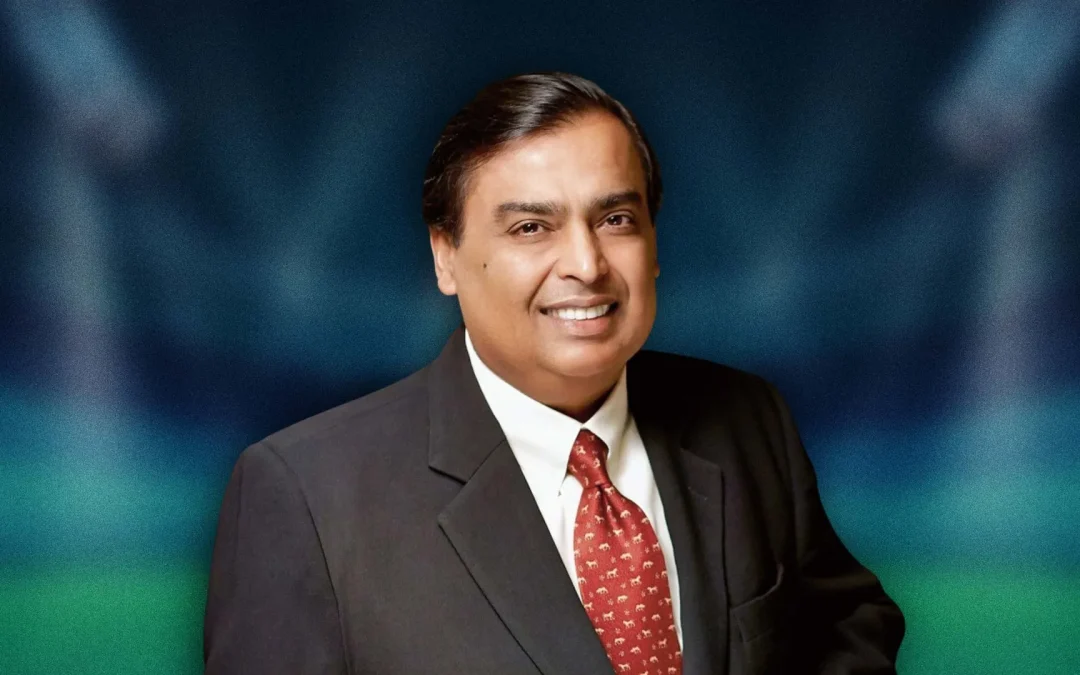Mukesh Ambani: The Journey to Becoming India’s Richest Man
Mukesh Ambani, one of the world’s wealthiest individuals, was born on April 19, 1957, in Aden, Yemen. His father, Dhirubhai Ambani, founded Reliance Industries, which started as a small textile manufacturer and later evolved into a sprawling conglomerate. Mukesh’s early life was influenced by his father’s entrepreneurial spirit and vision. The family moved to India, where Mukesh pursued his education. He attended the Institute of Chemical Technology in Mumbai and later enrolled in an MBA program at Stanford University, although he left the program to help his father build Reliance.
Joining Reliance Industries

Image Source: press.farm
In 1981, Mukesh joined Reliance Industries, which at that time was primarily focused on textiles and polyester fibers. His entry into the business marked a significant turning point. Mukesh’s strategic vision and innovative thinking led to the diversification of Reliance into petrochemicals, refining, oil and gas exploration, and telecommunications. His leadership played a crucial role in transforming the company into a global powerhouse.
Revolutionizing Telecommunications with Jio
One of Mukesh Ambani’s most notable achievements is the launch of Reliance Jio in 2016. The entry of Jio into the Indian telecommunications market revolutionized the industry by offering affordable data plans and free voice calls, making digital services accessible to millions. Jio’s aggressive pricing and innovative services disrupted the market, forcing competitors to lower their prices and improve their offerings. This bold move significantly increased internet penetration in India and positioned Reliance Jio as a dominant player in the sector.
Expansion into Retail and E-commerce
Under Mukesh Ambani’s leadership, Reliance Industries expanded its footprint into retail and e-commerce. Reliance Retail, launched in 2006, has grown to become India’s largest retailer, with a presence in diverse sectors including groceries, electronics, fashion, and lifestyle. In recent years, Mukesh has focused on building a robust e-commerce platform, leveraging Jio’s extensive digital infrastructure. The acquisition of various e-commerce businesses and partnerships with global giants like Facebook and Google have further strengthened Reliance’s position in the digital economy.
Vision for a Sustainable Future
Mukesh Ambani has also emphasized the importance of sustainability and renewable energy. Reliance Industries has made significant investments in green energy projects, including solar and hydrogen energy. Mukesh envisions a future where Reliance leads the transition to a cleaner, greener energy landscape. This commitment to sustainability is aligned with global efforts to combat climate change and reduce carbon emissions.
Also Read: The Inspirational Rise of Michael Bloomberg
Legacy and Impact
Mukesh Ambani’s success story is a testament to his visionary leadership, strategic acumen, and relentless pursuit of innovation. Under his guidance, Reliance Industries has not only achieved unprecedented growth but also contributed significantly to India’s economic development. His efforts in transforming the telecommunications, retail, and energy sectors have had a profound impact on the country’s socio-economic landscape. As Mukesh Ambani continues to steer Reliance towards new horizons, his legacy as one of the most influential business leaders of our time remains firmly established.

I am a law graduate from NLU Lucknow. I have a flair for creative writing and hence in my free time work as a freelance content writer.









